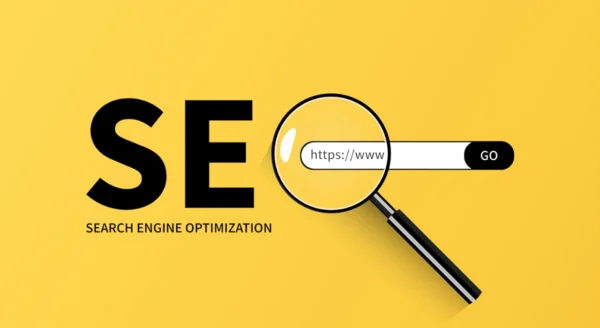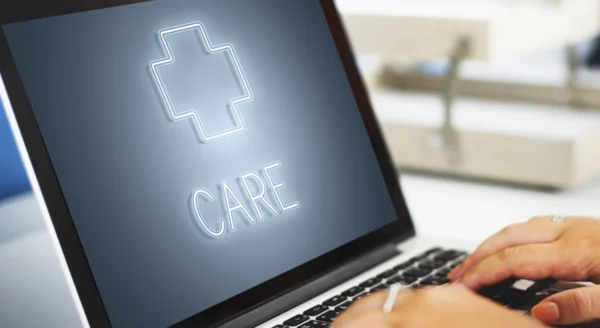Urmish Vaishnv
“Vaccines cause infertility.” “Hospitals inflate bills unnecessarily.” “Natural remedies can cure cancer.”
You’ve heard them all. You’ve probably seen them spread like wildfire on WhatsApp groups, Facebook comment sections, and even in misinformed media reports. In an era where a viral tweet can undermine years of medical research, healthcare brands are facing their biggest marketing challenge yet: the war against misinformation.
The internet is a double-edged sword—a powerful tool for patient education and a dangerous breeding ground for medical myths. And the numbers prove it:
Reports state that nearly 60% of patients make healthcare decisions based on information they find on social media—without verifying sources.
The damage? Declining patient trust, public health risks, and a growing hesitancy toward medical institutions.
Why Fighting Misinformation Should Be Your #1 Healthcare Marketing Strategy
If hospitals, clinics, and healthcare organisations want to maintain their credibility, they can’t just sit back and hope that misinformation fades away. They need to counter it actively.
But here’s the problem—traditional marketing isn’t enough anymore.
- Generic trust-building campaigns don’t work. Patients demand transparency, proof, and real engagement.
- Medical myths travel faster than facts. The World Economic Forum found that false health information spreads six times faster than factual reports.
- Trust is shifting from institutions to individuals. Patients are more likely to believe an influencer or a patient testimonial over an official hospital website.
So, how can healthcare brands win back trust, correct misinformation, and market themselves effectively?
Let’s dive into the data-driven strategies that top hospitals, pharmaceutical brands, and health tech companies use to fight back.
1. Own the Conversation Before Misinformation Does
You’re already too late if you’re only reacting to misinformation after it spreads. The most innovative healthcare brands are proactive—dominating search results and social media before falsehoods take hold.
How?
- SEO for patient education: Identify the top-searched medical myths in your specialty and create fact-based, patient-friendly content that ranks first on Google.
- Pre-bunking, not just debunking: Instead of constantly playing defense, preemptively address concerns before they go viral.
- Own key social media spaces: Run Q&A sessions, explainer reels, and short myth-busting content in regional languages to reach diverse patient groups.
2. Put a Face to the Facts: The Rise of Doctor-Influencers
Patients no longer trust corporate statements—they trust people.
That’s why healthcare brands investing in real, relatable voices—including doctors, nurses, and patient advocates—are winning the battle against misinformation.
How?
- Empower your own medical professionals: Hospitals should train doctors and nurses to be social media advocates, answering common patient questions online.
- Leverage “White Coat Influencers” – These are healthcare professionals who already have a social following. Partnering with them helps fight myths in a relatable, non-corporate way.
- Use real patient testimonials – People are more likely to believe first-hand experiences from fellow patients than an ad campaign.
3. Fight Misinformation Where It Spreads: Social Media & WhatsApp
Most medical myths start in viral WhatsApp forwards, influencer podcasts, and Facebook conspiracy groups. Healthcare brands that want to control the narrative need to meet misinformation where it lives.
How?
- WhatsApp fact-checking bots: Hospitals and clinics can create automated myth-busting chatbots where patients can send health-related questions and get verified answers instantly.
- Partnering with social media platforms: Meta (Facebook, Instagram) and YouTube now flag and downrank false health information. Healthcare organisations should work with these platforms to report misinformation efficiently.
- Launch hyper-local campaigns in regional languages: Misinformation spreads faster in non-English-speaking communities where reliable sources are scarce.
4. Transparency Wins: Show Your Sources & Data
The era of “Because we said so” healthcare marketing is over. Patients now expect proof, transparency, and receipts.
How?
- Cite peer-reviewed sources in patient education content.
- Break down complex medical topics into digestible formats like animations, infographics, and explainer videos.
- Make pricing & treatment processes transparent – Many patients distrust hospitals due to unclear billing practices. Being upfront about cost estimates, insurance options, and procedures builds credibility.
5. Make Medical Myth-Busting a Brand Identity
Some of the most trusted names in healthcare today are known for actively debunking misinformation.
How?
- Create an ongoing “Myth vs. Fact” campaign across all platforms.
- Host live “Ask the Doctor” sessions where patients can submit questions and get real-time expert answers.
- Collaborate with schools & community leaders to integrate medical myth-busting into public education programs.
Final Thoughts: Trust Must Be Earned, Not Assumed
Patients today don’t automatically trust hospitals, doctors, or pharmaceutical companies—and for good reason.
To rebuild credibility in the age of misinformation, healthcare brands must do more than just advertise their services—they must actively fight for the truth.
Because if they don’t, someone else will.

9 Ways Digital Technologies Have Revolutionized Healthcare Marketing and Branding
Digital technology has revolutionized healthcare marketing and branding, offering numerous opportunities to connect with patients, enhance brand visibility, and provide better care. Here are several ways in which digital technology can be leveraged in healthcare marketing and branding

The Pulse of Progress: Adapting to the New Era of Healthcare Marketing
Marketing is pivotal in bridging the gap between healthcare providers and consumers. With rapid technological advancements, evolving consumer behavior, and regulatory changes reshaping the landscape, understanding these shifts is crucial for any healthcare marketing professional.

10 Strategies for an Effective Marketing Message
Consider performing extensive research on your target audience. This may help you find key information that can influence your audience in favour of your product or service. Valuable information may include their likes and dislikes, their pain points, what services they’re interested in.

The Ultimate Guide to Hospital Website SEO
With the rapid growth of internet usage and smartphone adoption in India, having a strong digital presence has become imperative for healthcare organisations. According to Statista: the number of internet users in India was forecast to continuously increase between 2023 and 2028 by 265.1 million users (+26.29 percent).

From Clicks to Care: Why Healthcare Content Marketing Matters
In an era where information is at our fingertips, effective communication has never been more important! How do healthcare organisations stand out in an increasingly competitive landscape? The art (and science!) of content marketing is a valuable tool.

The Imperative Role of Healthcare Marketing in the Healthcare Industry
In an era of rapid technological advancements and increasing patient empowerment, healthcare marketing has emerged as a critical strategy for healthcare providers. Far from being just a commercial endeavour, effective healthcare marketing has the potential to improve patient outcomes, enhance patient engagement, and drive growth for healthcare organisations.

